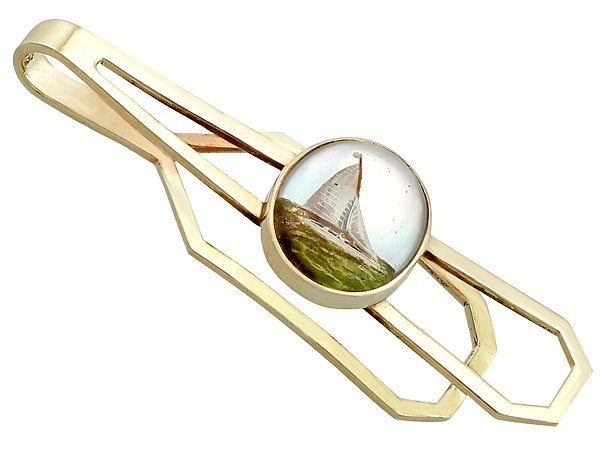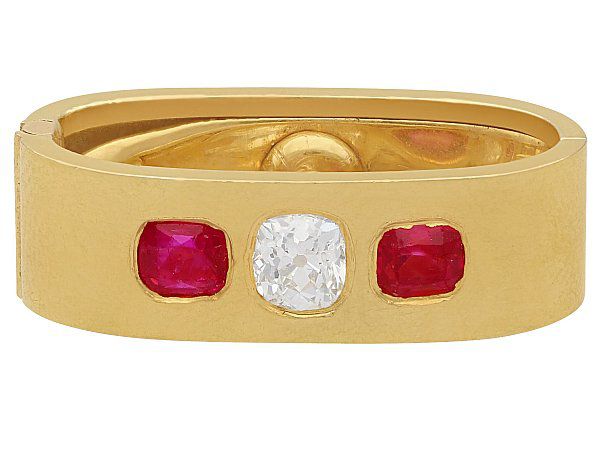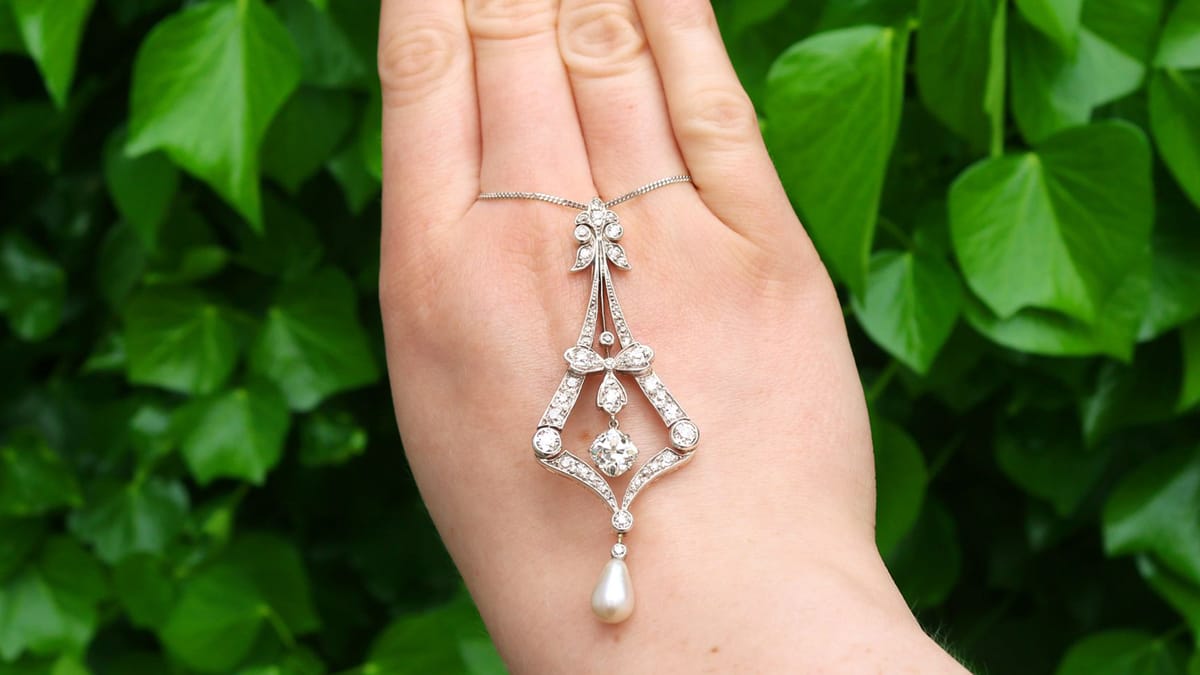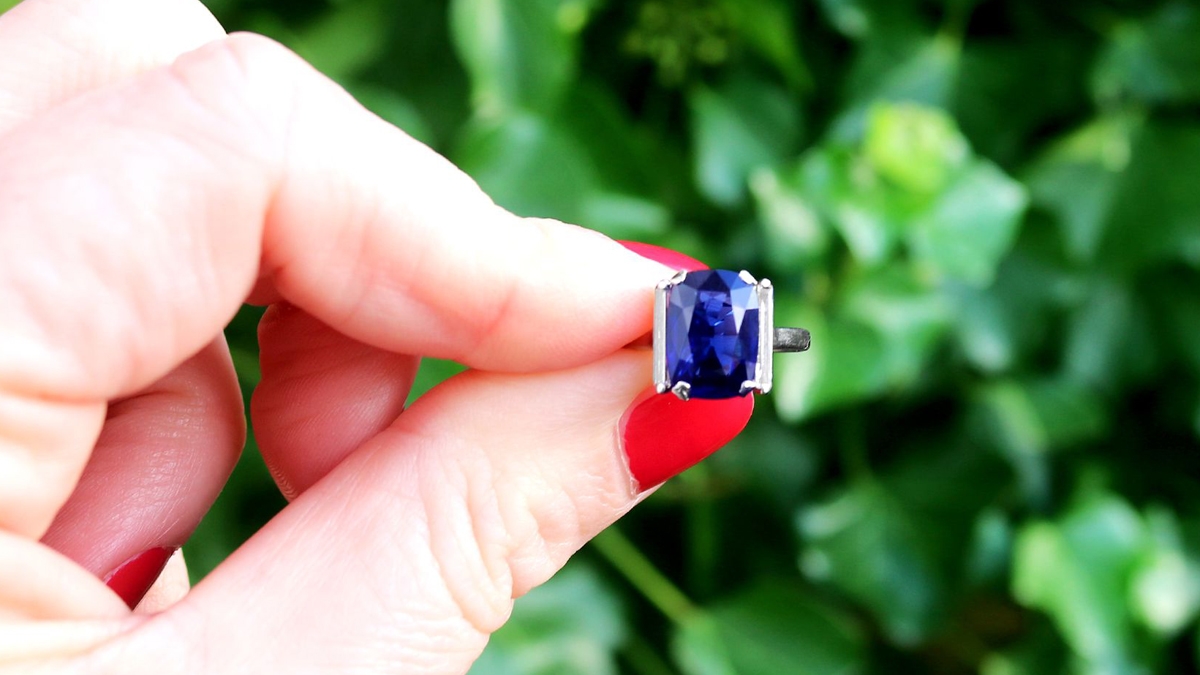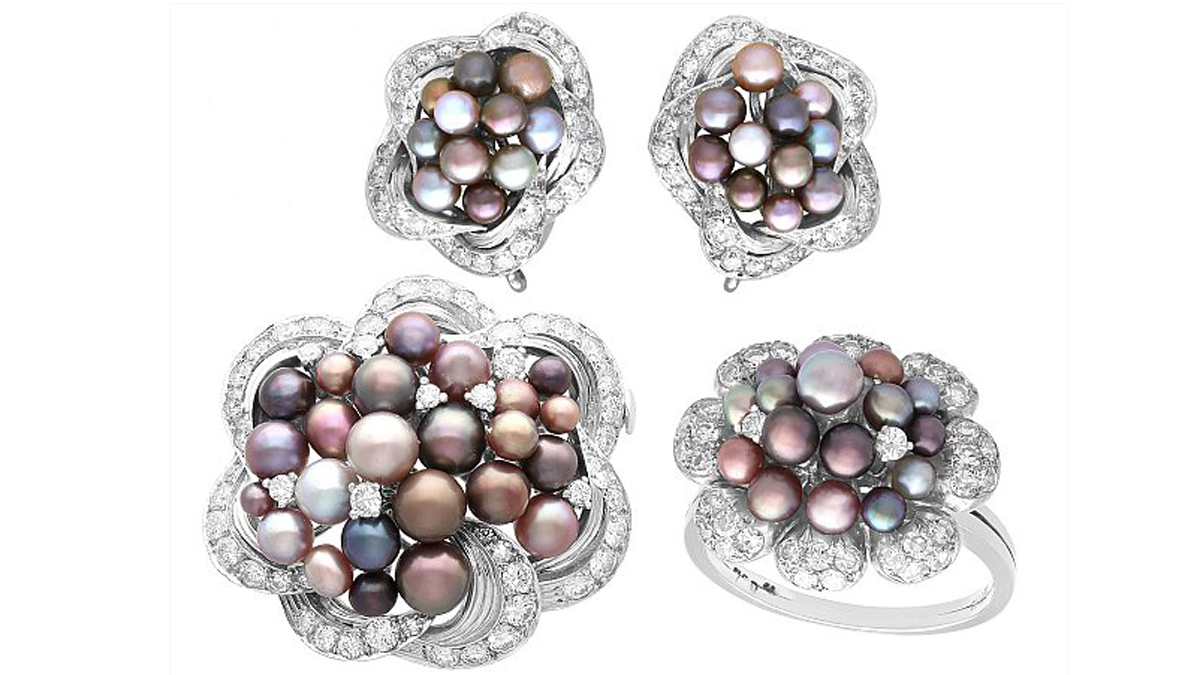Tie clips are stylish and elegant, but they can raise some questions. How do you wear a tie clip? Where and how does it clip on? Let’s dive right in and clear everything up.
What Are Tie Clips?
Tie clips are used to pin a tie to the shirt beneath it, resulting in an attractive, uniformly neat aesthetic. The clip opens in much the same way that file clips do. Hold the clip and squeeze your fingers together, this opens the clip. Place the tie and the shirt beneath it together within the clip. Let go of the clip and it should be set and holding everything neatly in place.
Another type of tie clip is the slide clasp tie clip. The slide clasp doesn’t require much manual effort. Simply hold the tie and shirt together and push the clasp over them. This keeps them together and lying flat against the shirt. Slide clasps may be more suitable for ties made of thin fabrics, as thicker ties may be difficult to keep neat with the slim-line slide clasp styles. If you’re familiar at all with how a hair grip works, then the slide clasp tie clip uses the same concept. This example of a slide clasp tie clip displays how solid they are.
Tie clips – also referred to as tie bars – are a quintessential element of menswear. If you don’t have one, you need one. They’re suitable for all kinds of outfits and styles, from smart-casual events to black tie functions. Tie clips also come in enough different styles that there’s sure to be something to suit you as well.
History
What we today would recognise as a tie originated in the 1850s. Men started using tie pins to hold everything in place and attach the toe to the shirt below after only 20 years. In the next century, around the 1920s, men held a preference for tie clips, as they didn’t need to puncture the fabric of the tie to hold it in place, meaning delicate materials like silk weren’t damaged.
Much of Western culture rapidly adopted the tie clip, and they were hugely popular. Many companies made tie clips for their employees, and commemorative tie clips were created for a variety of events, from World’s Fairs to military-related tie clips. The tie clip saw a significant decline in attractiveness in the second half of the 20th century, when formalwear overall lost popularity. The previous norm of people working at the same company for their whole lives faded, and with it, corporate tie clips. Fewer and fewer people wore suits outside of the workplace – and even in the workplace today – and so tie clips have less and less use in the modern age.
How to Wear a Tie Clip
Getting the positioning right is the first thing to know about how to wear a tie clip. Tie clips aren’t to be worn too high. This is because a tie clip too close to the knot of the tie isn’t effective also looks ridiculous. Similarly, a tie clip placed too far down the length of the tie doesn’t work and also looks wrong.
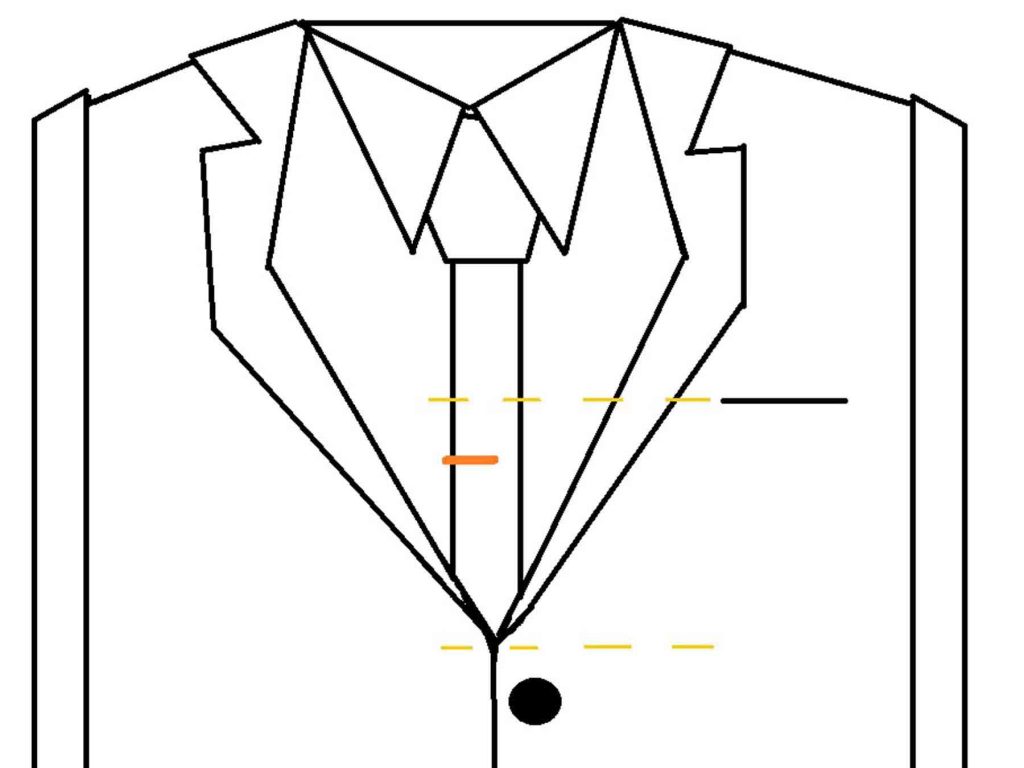
If you want assistance with knowing where to place your tie clip, you can use a jacket or even your hand to create an acceptable area of placement. Using a suit or tuxedo jacket, imagine a line going across your chest from the top of the jacket pocket where a pocket square or boutonnière might usually be. Button the top button of the suit jacket, then you should have a triangle of neck tie on show. Anywhere along this exposed length is an acceptable space for the tie clip to be placed within.
If you aren’t using a jacket, using your hands is just as easy. Place your hand flat on your chest just below the knot of the tie, and then place your other hand directly below the first. The length of the tie that is taken up by your second hand is a suitable place for a tie clip.
Keep it Straight
It is important that your tie clip isn’t clipped on at an angle. This is because you would definitely look ridiculous with a wonky bolt of metal across your chest. Furthermore, you also want to ensure that your tie clip isn’t clipped all the way across the tie. Ideally, a small amount of material should be clip-free; this is another scenario, however, where you don’t want the tie clip to be too far the other way either. About ¾ of the tie should be within the tie clip.
Different Types of Tie Clips
Just as there are different types of ties, there are different types of clips for them. The tie clips we’ve discussed in this blog are best suited to ties made of thin materials, both skinny and wide. Ties that are made of thicker materials like wool, cashmere, and thick cottons are well-suited to tie tacks. Serving the same purpose, a tie tack is worn in much the same way as a pin. The pin goes through the tie, with a chain anchor that fastens it down to the shirt.
Cravats are a wonderfully extravagant way of wearing neckties. If you want your cravat to remain neat and stylish, however, you will want to wear a clip or pin to keep it in place.
Furthermore, this adds a great flair to an already fabulous piece. Cravat pins are a little different to tie pins. They are thicker and are also rounded. See this example from our selection of men’s jewellery (above), where you can see that the clip goes all the way around the cravat, keeping it perfectly in place. The cravat clip does not connect the cravat to your shirt, but rather allows it to remain fashionably coiffed. Another option for pinning the cravat is a pin brooch such as the one featured (left).
It doesn’t matter what type of tie you prefer to wear, or even what type of event you wear ties to; a tie clip is a key feature of any man’s wardrobe. If you have one, you can have more, and if you have none, you know what to do. Even better, getting a tie clip for someone else to wear is a great way to show them you care about their style too.

